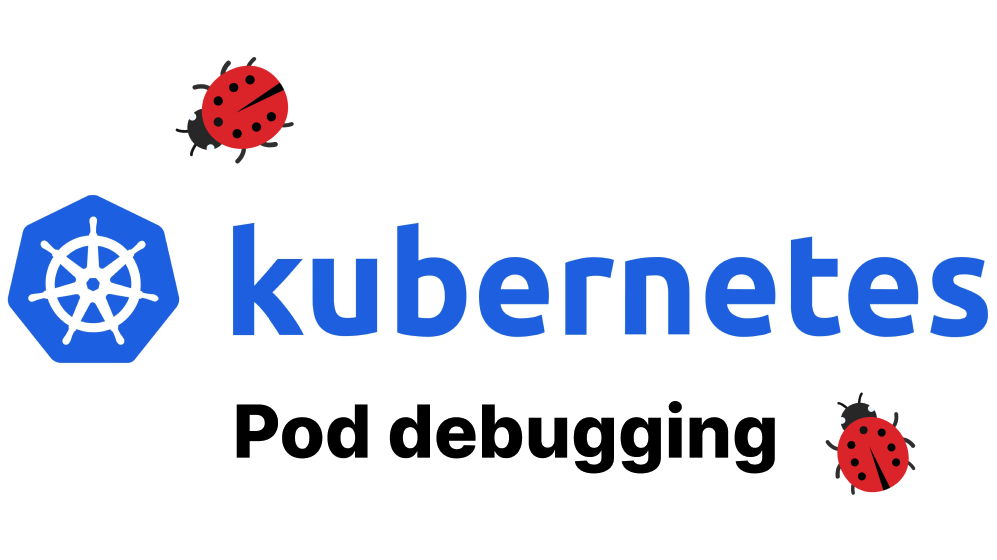In the world of Kubernetes, debugging pods is a common task for DevOps engineers. While shell access (via kubectl exec) is often the go-to method, there are scenarios where you might not have or want shell access. Whether it’s due to security policies, network restrictions, or simply to adopt a different approach, knowing how to debug without shell access is a valuable skill. In this blog post, we’ll explore several techniques to debug Kubernetes pods without using a shell.
1. Inspect Pod Logs
The first line of defense in debugging any application running in a pod is to inspect the logs. Kubernetes makes it easy to view the logs of a running container using kubectl logs.
kubectl logs <pod-name> [-c <container-name>] [--previous]<pod-name>: The name of the pod you want to inspect.-c <container-name>: (Optional) The name of the container within the pod. Useful if there are multiple containers.--previous: (Optional) View logs from the previous instantiation of a container if it crashed.
2. Describe the Pod
The kubectl describe pod command provides detailed information about a pod, including events that have occurred, the state of each container, and resource usage.
kubectl describe pod <pod-name>This command gives insights into issues such as container restarts, failed probes, and configuration errors.
3. Check Events
Kubernetes events can provide clues about what might be going wrong with your pods. These events can be related to scheduling issues, resource constraints, or other cluster-level problems.
kubectl get events --sort-by=.metadata.creationTimestamp4. Use Port Forwarding
If your pod runs a web server or another network service, you can use port forwarding to access it from your local machine without needing shell access.
kubectl port-forward <pod-name> <local-port>:<pod-port>Once the port is forwarded, you can access the service using localhost:<local-port>.
5. Access Config Maps and Secrets
Configuration issues often cause pod failures. You can inspect the contents of ConfigMaps and Secrets that are being used by your pods.
kubectl get configmap <configmap-name> -o yaml
kubectl get secret <secret-name> -o yaml6. Use Debug Containers
Kubernetes 1.18 introduced ephemeral containers for debugging. These containers can be added to a running pod without restarting it. They are especially useful for inspecting the file system and running diagnostic commands.
kubectl debug -it <pod-name> --image=busybox --target=<container-name>Note: The target container must be specified if the pod has multiple containers.
7. Resource Metrics
Monitoring resource usage can provide insights into whether your pod is under or over-utilizing resources.
kubectl top pod <pod-name>You can also use tools like Prometheus and Grafana to set up more sophisticated monitoring and alerting.
8. Network Policies and DNS
Network issues are a common source of pod failures. Ensure your Network Policies are correctly configured and that DNS resolution is working as expected.
- Network Policies: Check if there are any policies that might be blocking traffic to/from the pod.
kubectl get networkpolicy- DNS Resolution: Ensure DNS is working within the cluster by testing resolution of services.
kubectl run -i --tty --rm debug --image=busybox --restart=Never -- nslookup <service-name>9. Persistent Volume Claims (PVC)
If your pod uses persistent storage, check the status of Persistent Volume Claims to ensure they are bound and accessible.
kubectl get pvc
kubectl describe pvc <pvc-name>Debugging Kubernetes pods without shell access might seem challenging at first, but with the right tools and techniques, it can be just as effective. By leveraging pod logs, descriptions, events, port forwarding, ConfigMaps, Secrets, debug containers, resource metrics, network policies, and PVCs, you can gain deep insights into what might be going wrong in your pods.
Remember, the key to effective debugging is to methodically gather as much information as possible and to correlate different data points to identify the root cause of the issue.
